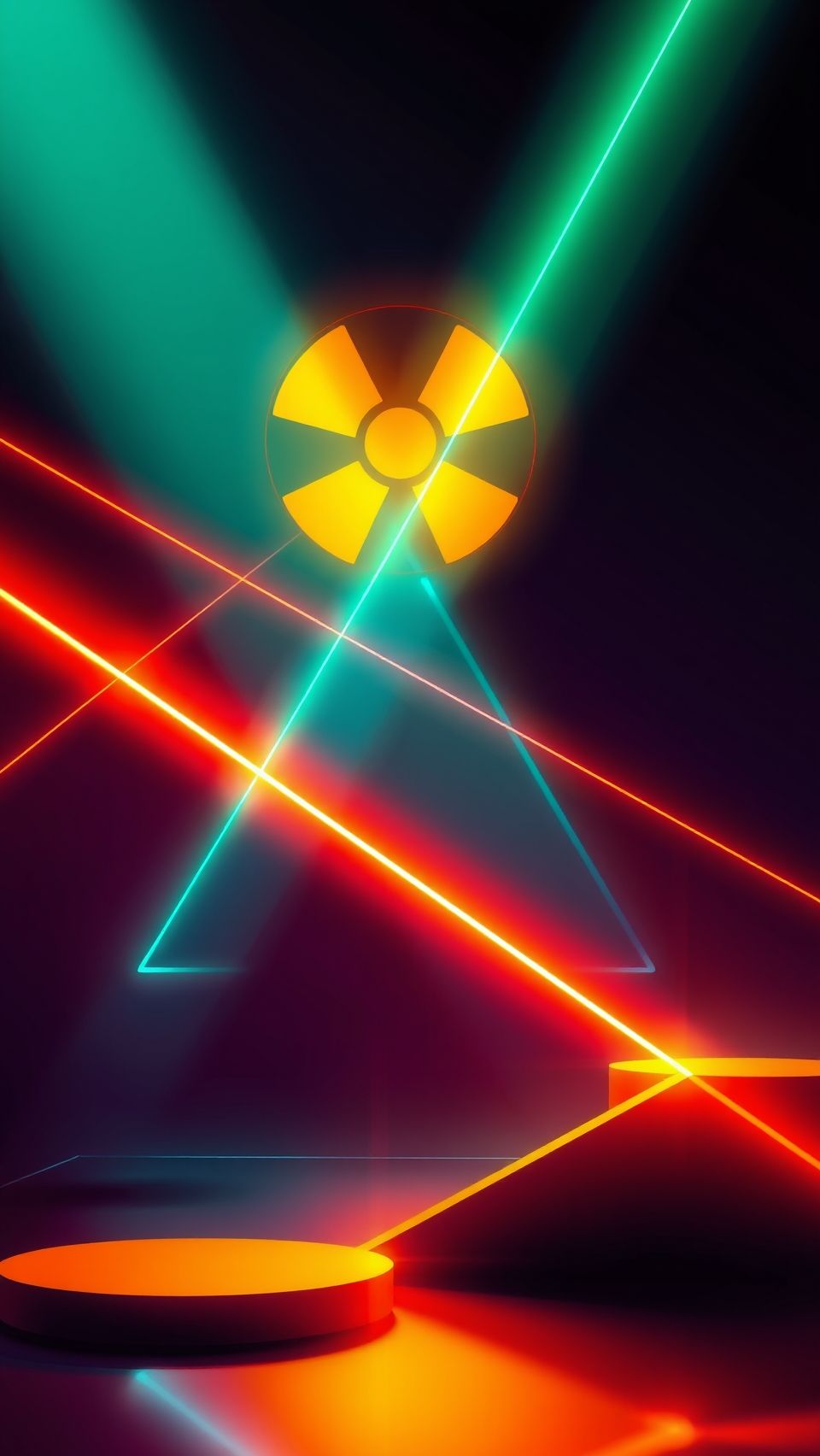07. March 2025
Laser Technology Revs Up Nuclear Detection With Record-Breaking Range And Accuracy

Researchers at the University of Maryland have successfully employed lasers to detect radioactive materials from vast distances, significantly enhancing our ability to identify potential nuclear threats. This innovative approach has the potential to revolutionize the field of nuclear detection, enabling authorities to identify covert nuclear weapons from afar.
The conventional method of detecting radioactivity involves waiting for particles produced during radioactive decay to interact with a detector. While this technique can accurately detect radiation from tens of meters away, it is largely ineffective at greater distances. The new laser-based system has demonstrated the ability to detect radioactive materials from an unprecedented range, promising to transform our understanding of nuclear proliferation.
The science behind this innovative technology lies in the manipulation of light using high-powered infrared laser pulses. By analyzing how the light scatters when it encounters radioactive particles, researchers can reconstruct a detailed picture of the material’s composition and presence. This process is analogous to traditional radioactivity detection methods, but with a significant twist: the use of laser-induced luminescence enables the measurement of even the smallest amounts of radioactive material.
One of the key advantages of this method is its ability to detect radiation from a vast distance, allowing researchers to pinpoint potential threats before they pose an immediate danger. This capability can be particularly useful in the context of nuclear smuggling and covert operations, where the presence of radioactive materials may not be immediately apparent.
The Maryland team’s achievement has significant implications for international security, as it could potentially aid in the detection of illicit nuclear activities. The widespread proliferation of nuclear technology and materials has created a complex web of global security concerns, and the development of innovative detection methods like this one is crucial to addressing these challenges.
Advancements in laser technology have made it possible to miniaturize the equipment needed for this system, rendering it more portable and user-friendly. This improvement will enable researchers and security personnel to conduct on-site assessments with greater ease, reducing the logistical challenges associated with conventional detection methods.
As researchers continue to refine and improve this innovative technology, we can expect significant advancements in our ability to detect and prevent nuclear threats. The integration of laser-based detection systems into existing networks of radiation monitoring stations will enable a more comprehensive and accurate picture of global radioactivity levels.
This breakthrough also represents a significant step forward in the development of portable, user-friendly detection equipment. With its potential applications in fields such as environmental monitoring and industrial inspection, this technology has the power to transform numerous industries and enhance our ability to respond to emerging threats.